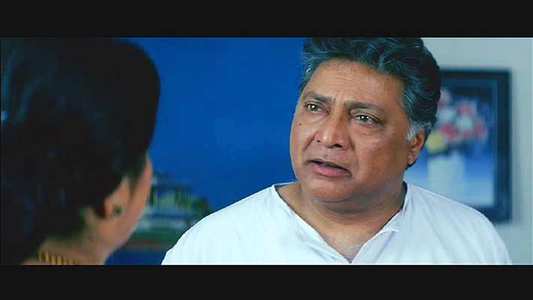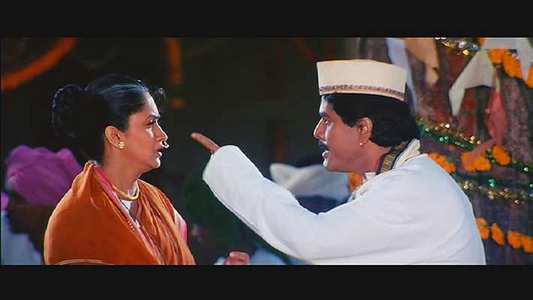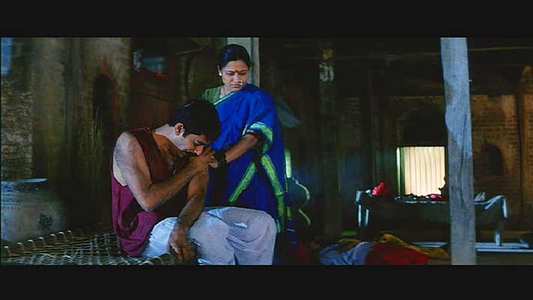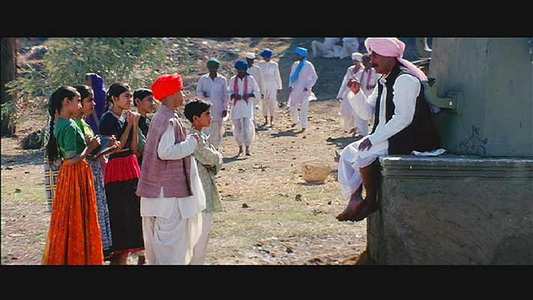Review of Shirdi Saibaba
Introduction
The film falls under the genre of being a religious/devotional film which aims to educates and entertain. This film certainly succeeds in doing that but fails to be what I`d hope to be an interesting biographical look into one of India`s most currents myths, a fakir known as Saibaba. But saying that the film is made with a high level of professionalism and is certainly director Deepak Balrak Vij`s best work to date.
The film first hour is rather slow and unwanted as it tells a tale of an atheist, exaggeratedly played by new actor Aushim Khetrapal, learning about the miracles of Saibaba. But within this hour there are two stories that are told with a poetic feel to them. Both are magical in its narrative and begin to create an interest in watching this film.
The first tale depicts a couple Gopinath (Vikram Gokhale) & Lakshmi (Ronini Hattingadi), who are wealthy and are devotees to Saibaba. When both are declared bankrupt they decide to go to Shirdi as a way to spend their last days on earth together just devoting themselves to Saibaba. On their way, the husband has a dream encounter with the saint. This further determines them to reach Shirdi. They then meet a mysterious man who gives them a lift. Once they have arrived they contact their lawyer by phone that reveals that they are not bankrupt.
The second story is about a journalist called Bhaskar (Sayaji Shinde) whose mother dies. Bhaskar asks Saibaba for one more day so that he can arrange money to afford the funeral expense for his mother. The mother miraculously wakes up, and the son is filled with joy. The next night the mother dies, but Bhaskar now has the proper means to send off his mother to the next world. The actors in these tales are somewhat theatrical in their performance but it is suited to the tone and creates the needed feel when viewing.
But the real treat of the film begins when the film jumps into a flashback of the young Saibaba, played with grace by actor Arif Zakaria to his older self, played by the excellent Sudhir Dalvi (who is often mistaken for the real thing as he really does look like the saint himself). Both actors perform quite well, despite the over-the-top screenplay and some hammy moments from the supporting cast. The second half, if extended with more historical facts could have been a nice tribute to the saint and his beliefs.
With decent cinematography, actual locations of the saint’s habitat, and other nice technical value the film never look cheap nor small budgeted. This helps the viewing mode even further and is nice to see that even rare films like this can be linked up to the A grade movies we get from Hindi cinema. But the film also has many flaws like the songs and music score which is long and dull while some terrible acting from the supporting cast spoils viewing.
It was an interesting experience for me as I have no religious background, but at least I know a little about Saibaba, and his teachings, which helps me to understand the Indian culture even further. A nice attempt...

Video
The DVD is presented in its original widescreen aspect ratio of 2.40:1, which has been anamorphically transferred. Of course the original visuals intentions of the director is kept on this disc, and it actually helps to give this film a much more expensive look to it. As the film was a recent released the DVD has no major wear and tear marks on the picture.
No problems like film grain or of compression artefacts can be found while viewing. Indeed the film has a very fresh look to it, which is due to the fact that it was taken from an interpositive print made from the original negatives.
The picture information exhibits beautiful imagery, vibrant, rich saturated colours, well-balanced fleshtones and deep endless blacks during the dark scenes. Images seen are sharp with excellent detail into facial details, props used and the rural look during the second half of the film. Contrast was also well balanced and presented, never being too bright or dull.

Audio
The Dolby Digital 5.1 Hindi soundtrack features impressive fidelity and has been nicely recorded. Sound effects are subtly spread across all channels and are expansive in the level of detail. The dialogues are audible and clear and do sound quite naturally, matching the consistency of the visual seen.

Features
The menus and box designs are thematic and are done in a professional manner. While the English subtitles cover much information with accuracy and with comfort. Other additional features are five song promos, which total up to a running time of 4mins.

Conclusion
Exceptional picture and sound quality from DEI, who prove even small religious films, can look professionally made under their belt. Shame Video-Sound cannot do that with million dollar productions like Mujhe Kucch Khena Hai (2001).
Your Opinions and Comments
Be the first to post a comment!